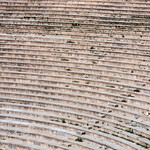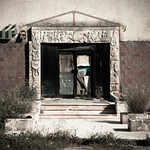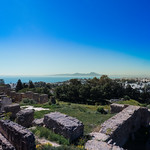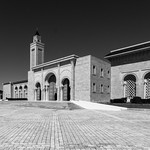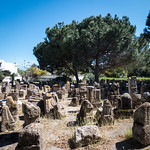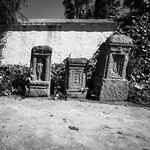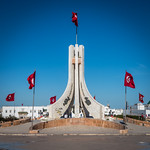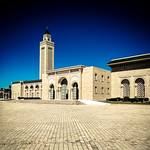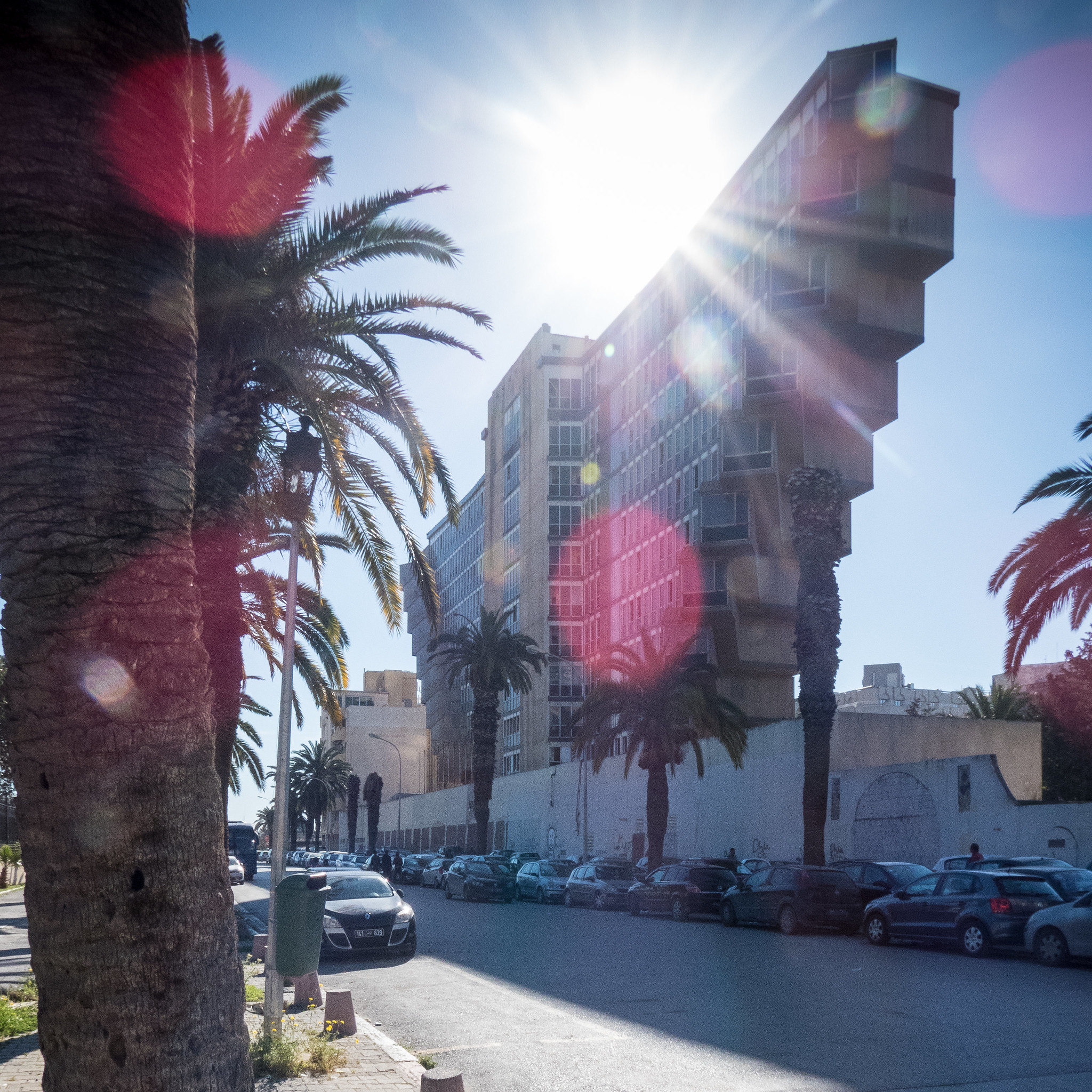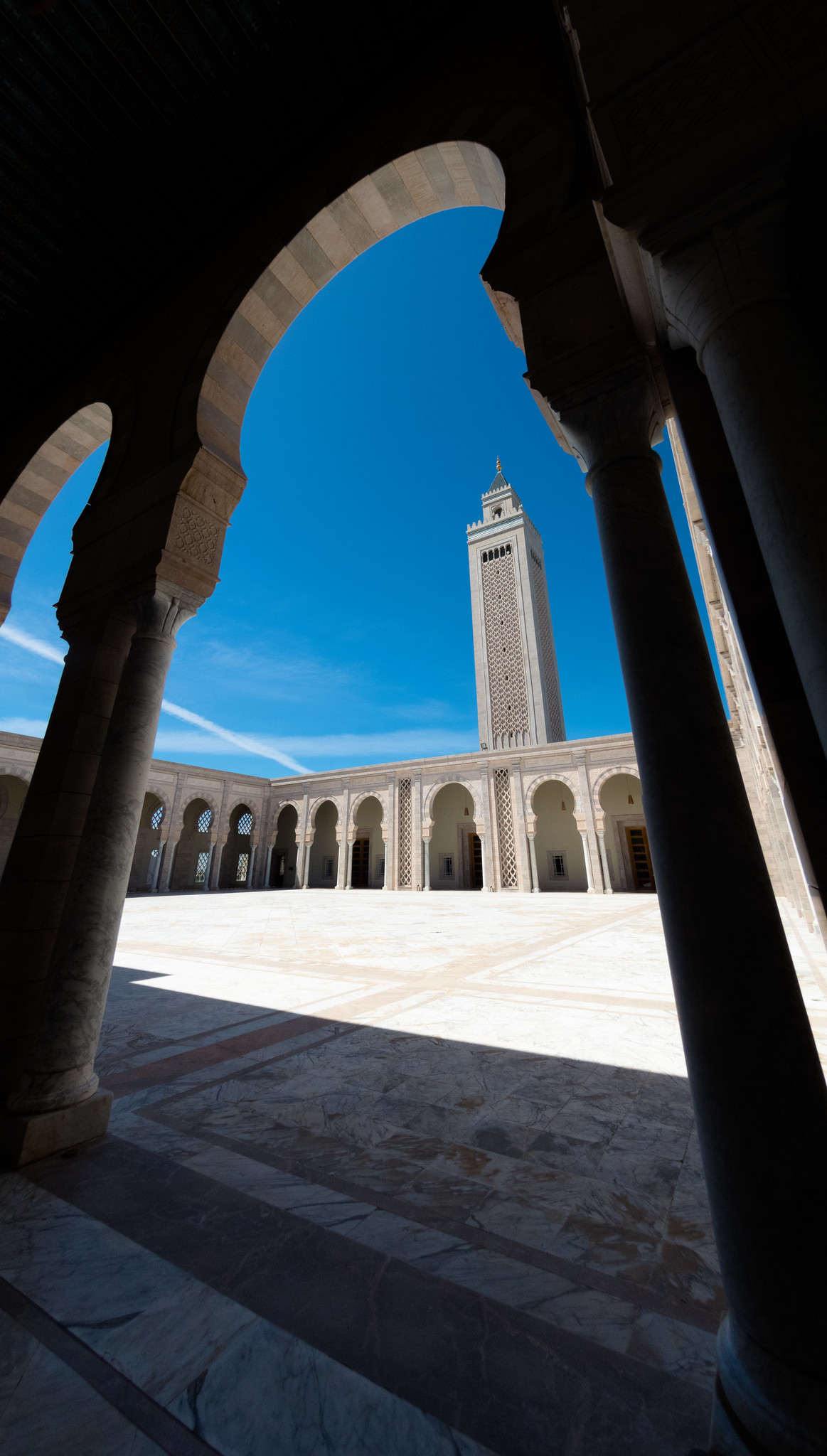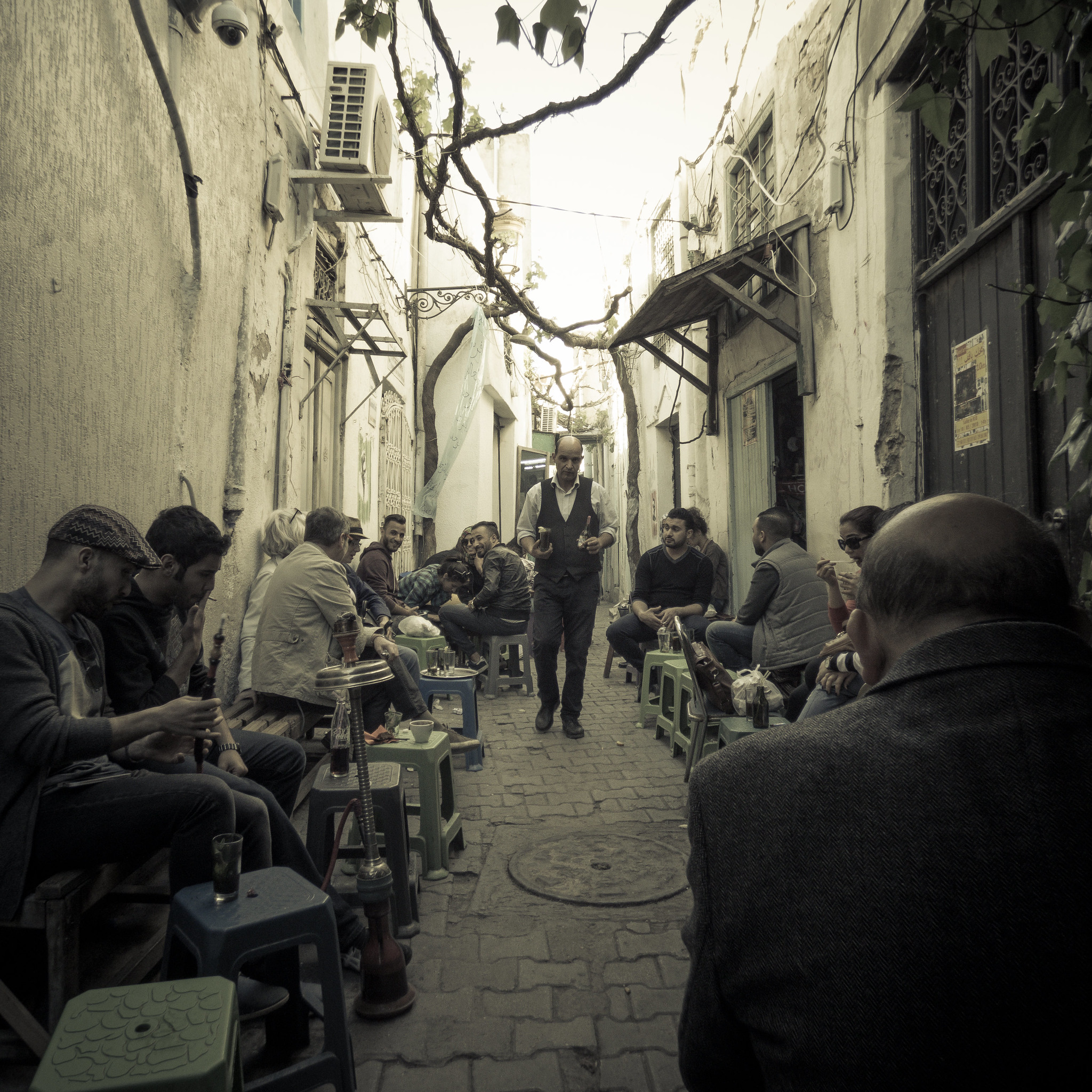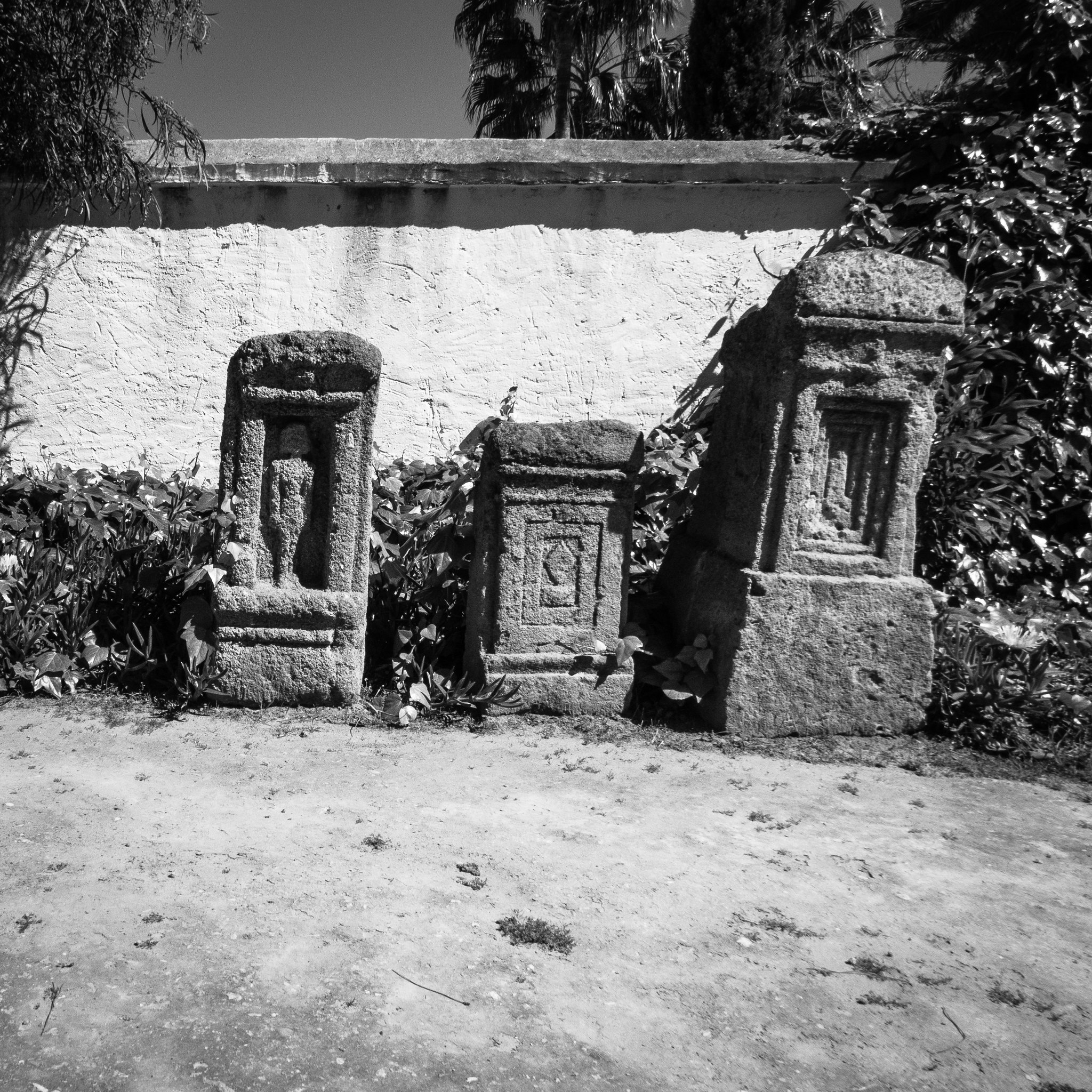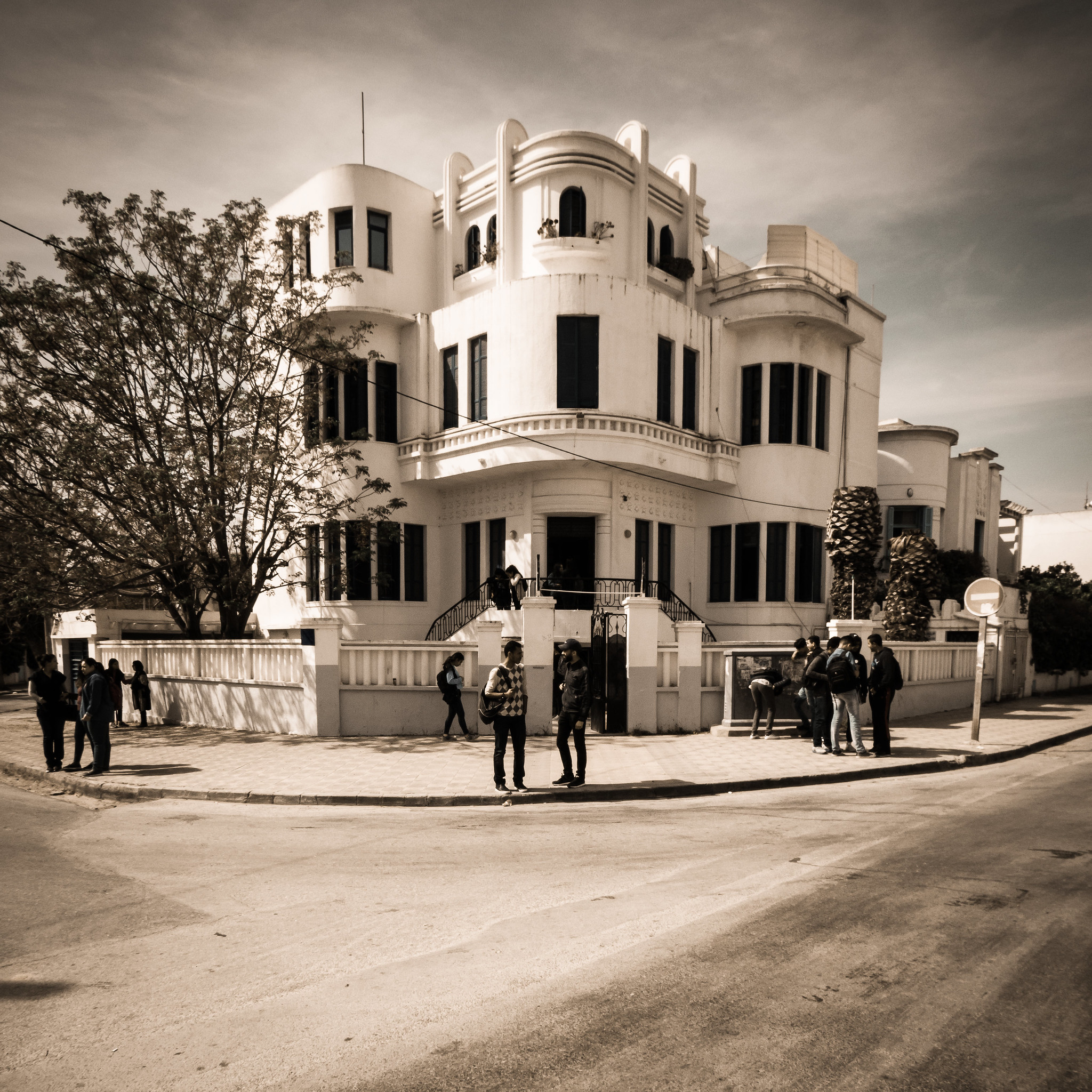Ancient Carthage
Casablanca has the name, but it’s Tunis that appears to be completely and only white, but like a grubbier and quieter version of a coastal Moroccan City. Tunis is pleasant, but also a bit provincial.
The city’s port is on the edge of town, a ramshackle urban train makes the connection, even if the station nearest the port is almost half an hour’s walk away from the port itself; perfect for finding an ATM or exchange office. Somewhat surprisingly, the latter seems to be non existent, though that’s probably related to the import and export of Tunisian currency being highly regulated.
I got off the train on the edge of the inner city and, after sampling some local street food, essentially a Tunisian version of the Ugandan Rolex, but either not nearly as good, or not nearly as good as I remember, strolled to my accommodation.
Soon, I rolled my stroller over some guy’s feet. Accidental? Perhaps. But, the guy turned out to speak five languages and there soon was no escaping and, shortly after, we were discussing the challenges of the remnants of colonialism and the lack of internalisation of the concepts of democracy in the Arab world. Over a beer.
I was paying, of course.
I still ended up being too early showing up at my Airbnb. A nearby Cafe. Mint tea. Watching the world go by.
The next day, my first port of call had to be Carthage, or what’s left of it. The Romans, finally gaining the upper hand after three wars over the course of some 150 years, raised the city to the ground, though eventually settled the area themselves.
Somewhat ironic, as one important Roman origin story, based on the Aeneid, saw the founding of the Rome by survivors from the fallen city of Troy, who banded together under Aeneas and underwent a series of adventures around the Mediterranean Sea, including a stop at the newly founded Carthage under the rule of Queen Dido, eventually reaching the Italian coast and founding the mother City.
At the Carthage museum, the ruins and remains could use some care, organization, study and explanation, but the little that is left of Punic, Carthaginian, artifacts, perhaps not so surprisingly, as Queen Dido originated in Tyre, in modern day Lebanon, reminded me of central Asian and Scythian artifacts.
A plan was to also visit a remote set of Punic ruins. A small site, remnants of a settlement on the coast, abandoned before the Romans annihilated the Carthaginians, it’s unique, but also unimposing.
I opted to stay in town instead, visiting the one museum you have to check out when in Tunis, or so they say, the Bardo.
The museum has an overwhelming collection of lovely mosaics, though most artefacts date to Roman times, the more interesting Punic pieces being few, if interesting.
Perhaps it’s the French’ doing, with more than a dash of Italian, Tunisians love both their breads and their coffees. Sandwich seems to be the national dish, with there being a soft spot for chapati, the base of the Tunisian rolex.
Also of note, an abandoned hotel on the edge of the inner city possibly modelled for the sandcrawler in Star Wars.
